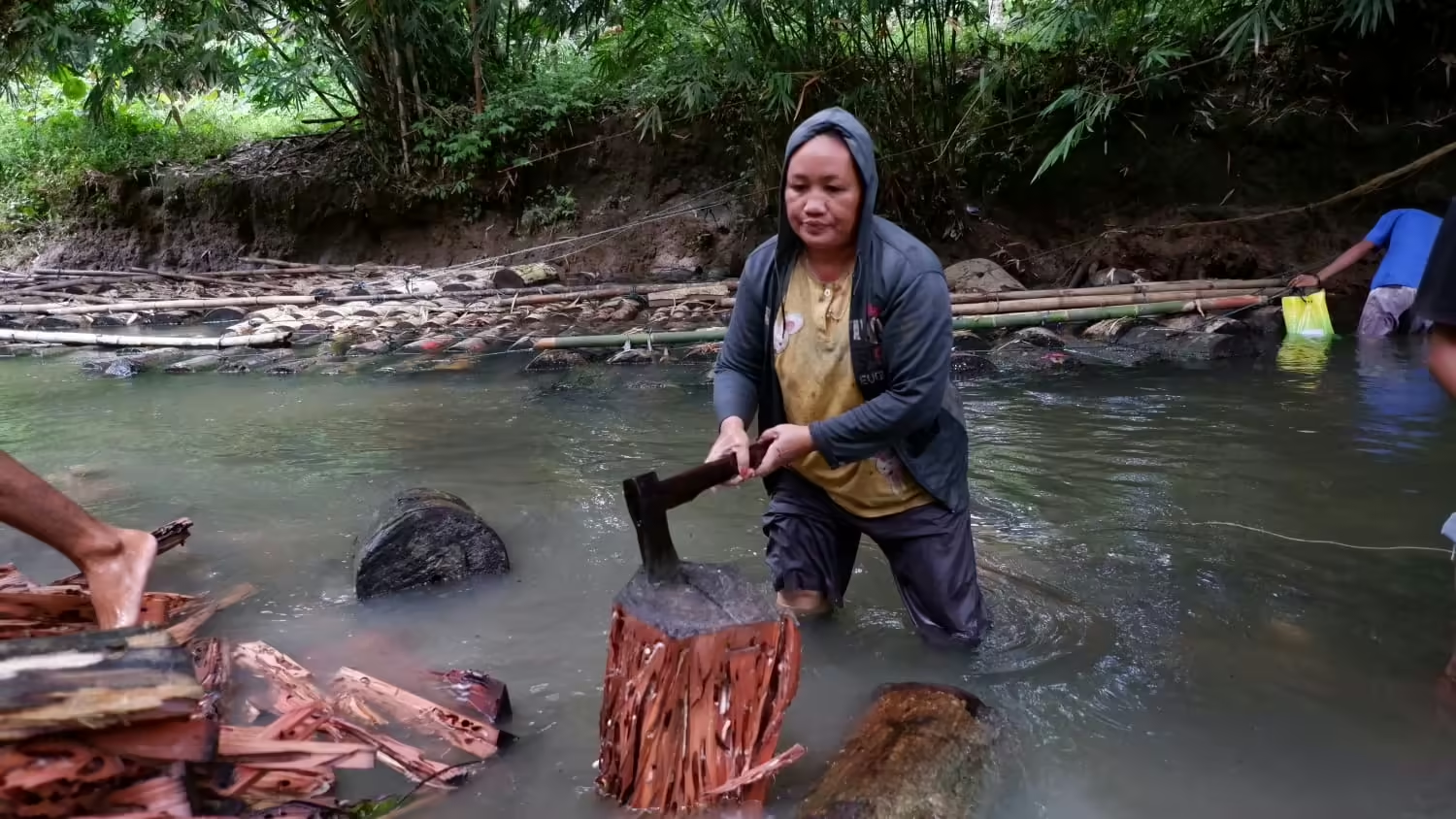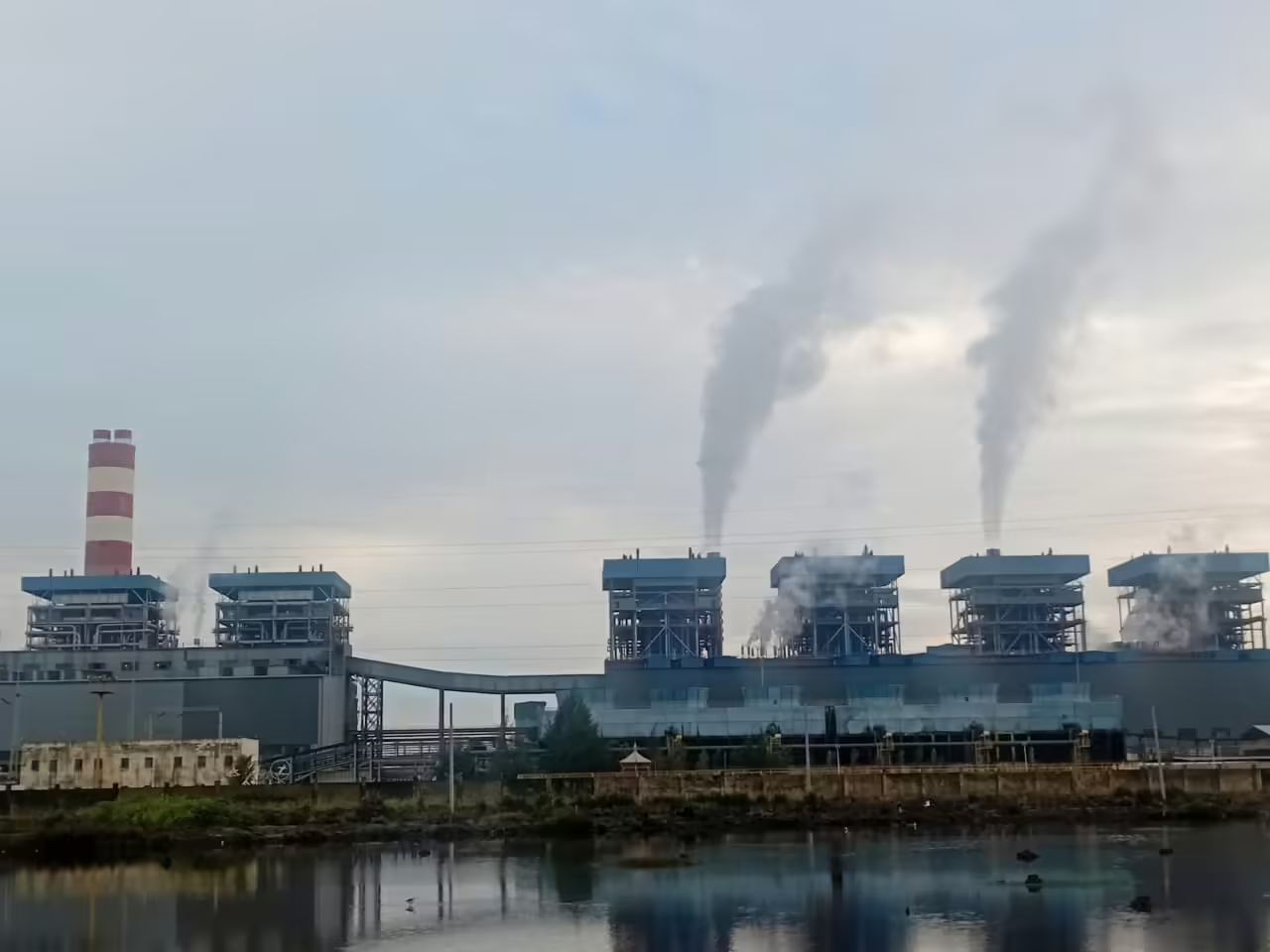Jakarta, Ekuatorial – A study revealed that small scale agriculture and infrastructure will be the main driver for forest loss and degradation by 2030 in Sumatra, on Tuesday (28/4), in Jakarta.
The 2015 Living Forests Report : Chapter 5, published by World Wildlife Fund (WWF), projects that nearly five million hectares of forest area will be lost in 2030 due to increasing small scale agriculture and colonization, or shifting cultivation, in Sumatra.
In global, the report predicts that up to 170 million hectares of forest could be destroyed in 11 ‘deforestation fronts’, — Amazon, Atlantic Forest, Borneo, Cerrado, Choco-Darien, Congo Basin, East Africa, Eastern Australia, Greater Mekong, New Guinea, and Sumatra –, by 2030. Or, more than 80 percent of total projected forest losses globally.
“Small scale agriculture has become very significant [driver to deforestation] because they are hard to monitor and control as most of them are implemented without permit requirements,” said Budi Wardhana, director of policy and transformation, WWF Indonesia at the sideline of 2015 Tropical Landscapes Summit, held in Jakarta.
Wardhana said that small farmers were not obliged for environmental impact assessment or other environmental management.
Besides small scale agriculture, colonization and infrastructure, the report reveals that other threats which are unsustainable logging, pulp plantations, and fires. Large scale agriculture is categorized as less important cause. Meanwhile, mining, charcoal and fuelwood, hydroelectric power, and livestock are not listed as causes for deforestation and degradation.
Meanwhile, Irwan Gunawan, strategic leader for market transformation of WWF Indonesia said that 42 percent of oil palm plantation in Indonesia owned by smallholder farmers.
“Out of that 42 percent, [oil palm plantation] is run by independent farmers who are not tied with companies,” said Gunawan. “The threat is coming from expansion from these farmers especially those living in islands with limited areas.”
Deforestation, he said, occurred in two forms, encroachment of protected forest or on areas not intended for plantation.
Meanwhile, in Kalimantan, he added, major expansion occurs in lowlands.
“These expansions from smallholders are inseparable from the trigger, which is downstream industry development, including mills and refinery,” he said.
The report also predicts Borneo, which comprises Indonesia and Malaysia territories, will be facing main pressure from large scale agriculture, unsustainable logging, pulp plantations, fires, mining and hydroelectric power.
But, it will have less pressure from small scale agriculture and colonization, livestock, charcoal and firewood.
However, there are solutions can be implemented to prevent more deforestation, as stated in the report, which include expanded and strengthened networks of protected areas, valuing ecosystem services, REDD+ rolled out on a far larger scale, “Deforestation-free” supply chains, and forest-friendly infrastructure. Fidelis E. Satriastanti



